

Selecting the appropriate wallboard screws is crucial for a successful project. The wrong screws can lead to stripped holes, popped heads, or even structural instability. This comprehensive guide will walk you through the key factors to consider when buying wallboard screws.
Wallboard screws are typically made of steel or stainless steel. Steel screws are cost-effective and suitable for most interior applications. Stainless steel screws offer superior corrosion resistance, making them ideal for damp environments or exterior projects. Consider the longevity and environment where you'll be using the screws when making your selection.
Different head types serve different purposes. Common types include: pan head (low profile), bugle head (slightly raised), and self-drilling (requires no pre-drilling). The choice depends on the wallboard type and desired aesthetic finish. For instance, a pan head screw is preferred for a cleaner look.
The length of your wallboard screws should be appropriate for the thickness of your wallboard and the framing material. Too short, and they won't provide adequate hold; too long, and they may protrude through the surface. The gauge, or thickness, of the screw also impacts its strength. Thicker screws provide better holding power. Always refer to the manufacturer's guidelines for recommended screw lengths based on your project's specifics.
The thread type affects how well the screw grips the material. Coarse threads are better for softer materials like drywall, providing a stronger initial bite, while fine threads are more suitable for harder materials like plasterboard, reducing the risk of splitting.
For standard drywall installations, steel wallboard screws with a pan head or bugle head are typically sufficient. Pre-drilling pilot holes is often recommended for softer drywall to prevent cracking. For optimal results, ensure the screws are driven straight and flush with the surface.
Plasterboard is denser than drywall, so it might require slightly longer or thicker screws. Fine-threaded screws can reduce the likelihood of splitting. Using a slightly smaller pilot hole can also help.
Wallboard screws can also be used for other tasks, such as attaching trim, molding, or other lightweight materials to the wall. The screw type and length will again depend on the material thickness and application.
When buying wallboard screws, consider the following:
| Feature | Recommendation |
|---|---|
| Material | Steel for most interior applications, stainless steel for exterior or damp areas |
| Head Type | Pan head for a clean finish, bugle head for a slight countersink |
| Length | Determine based on wallboard and framing thickness |
| Gauge | Choose a gauge appropriate for the strength required |
| Thread Type | Coarse for drywall, fine for plasterboard |
Remember to always purchase screws from reputable suppliers to ensure quality and consistency. For bulk purchases, consider contacting Hebei Muyi Import&Export Trading Co.,Ltd for competitive pricing and reliable service. They offer a wide variety of wallboard screws to suit diverse project needs.
This guide provides a comprehensive overview. For specific applications, consult manufacturer guidelines and building codes.
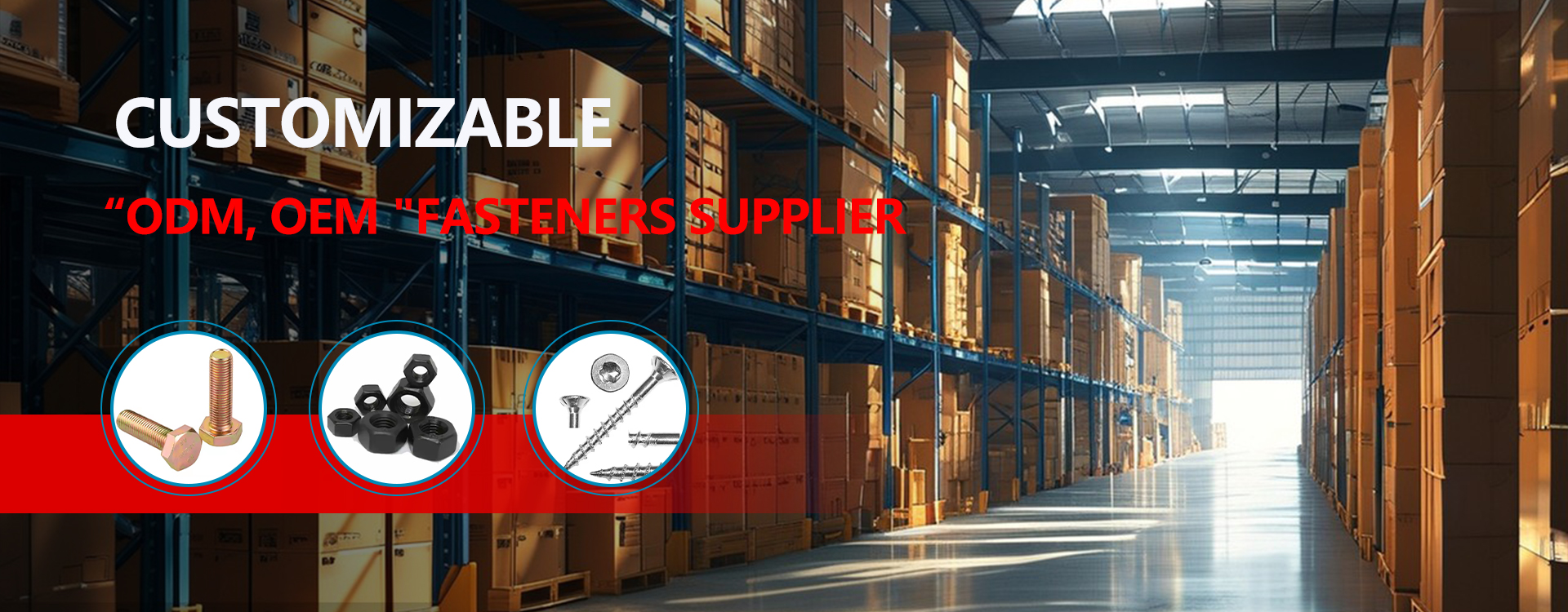
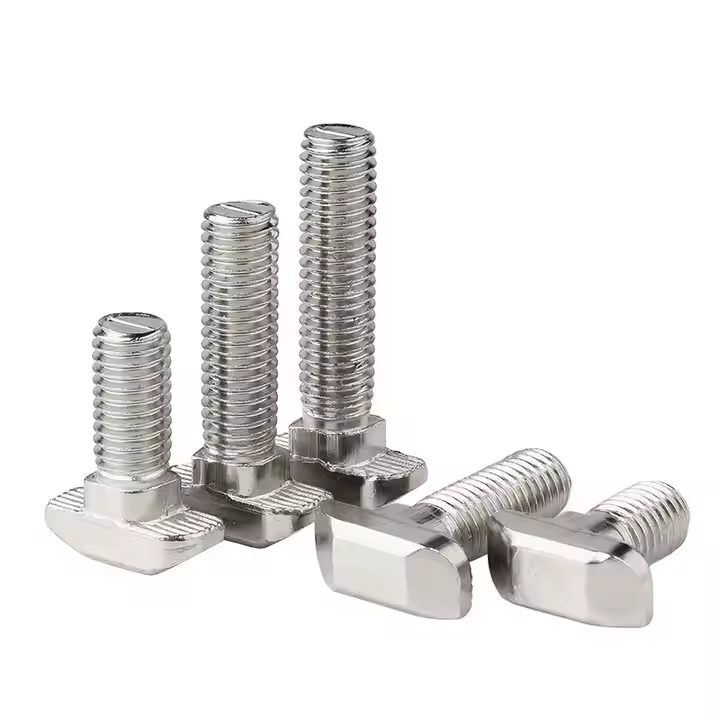
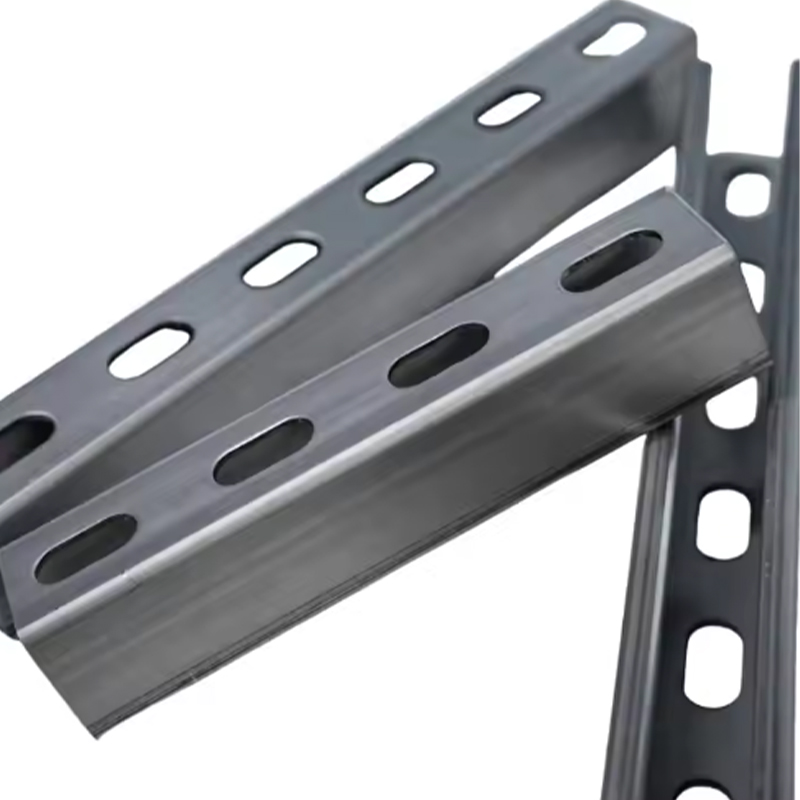
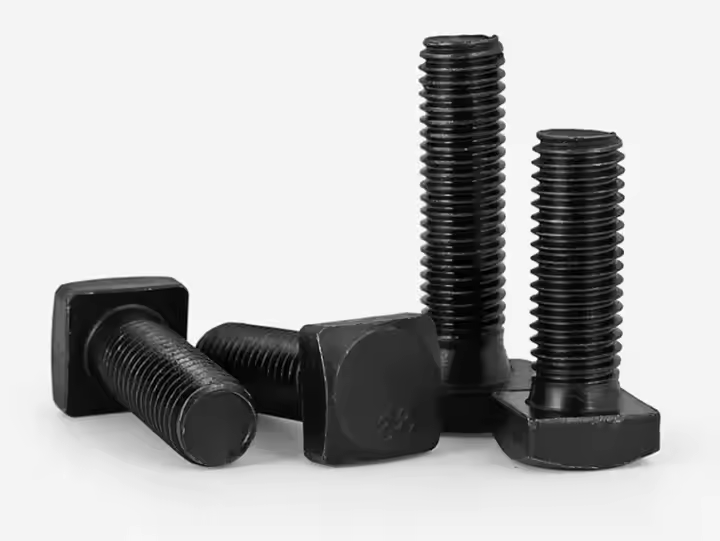
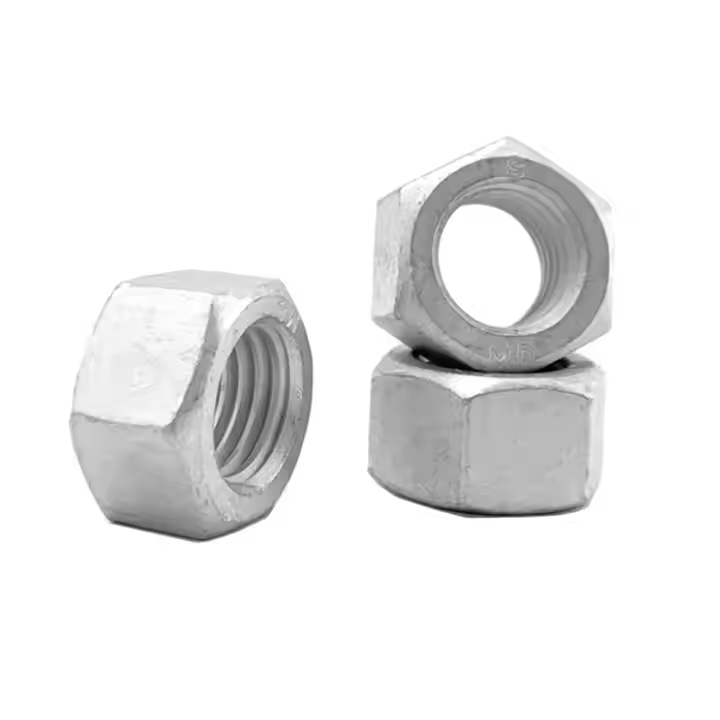
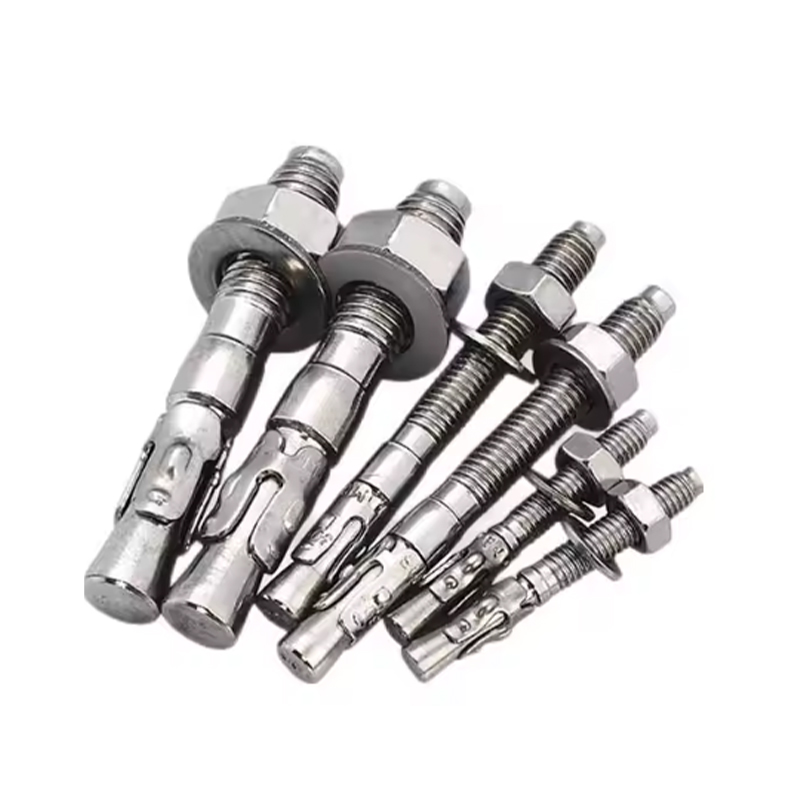
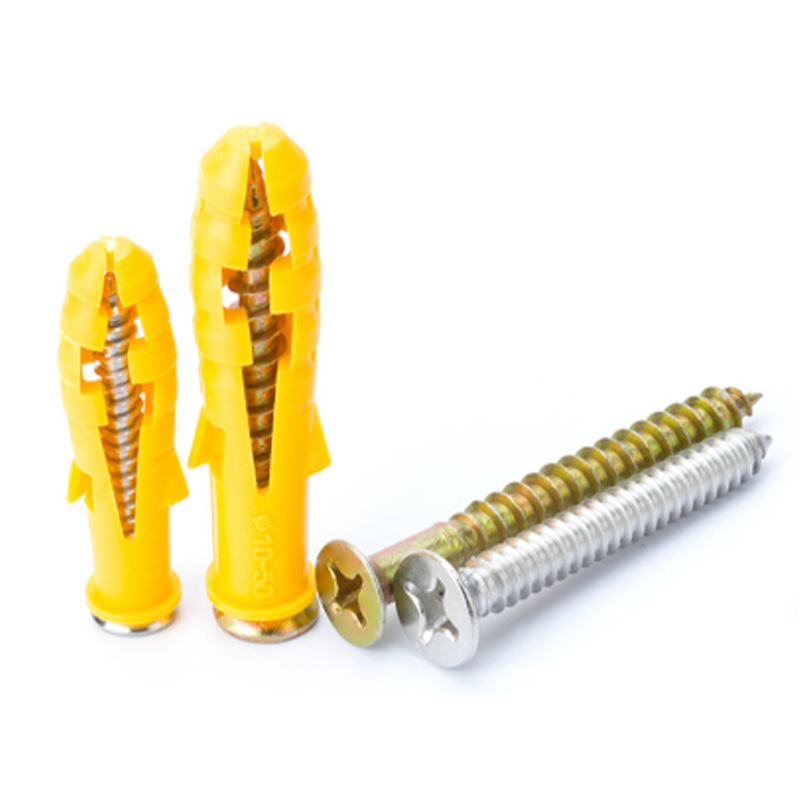
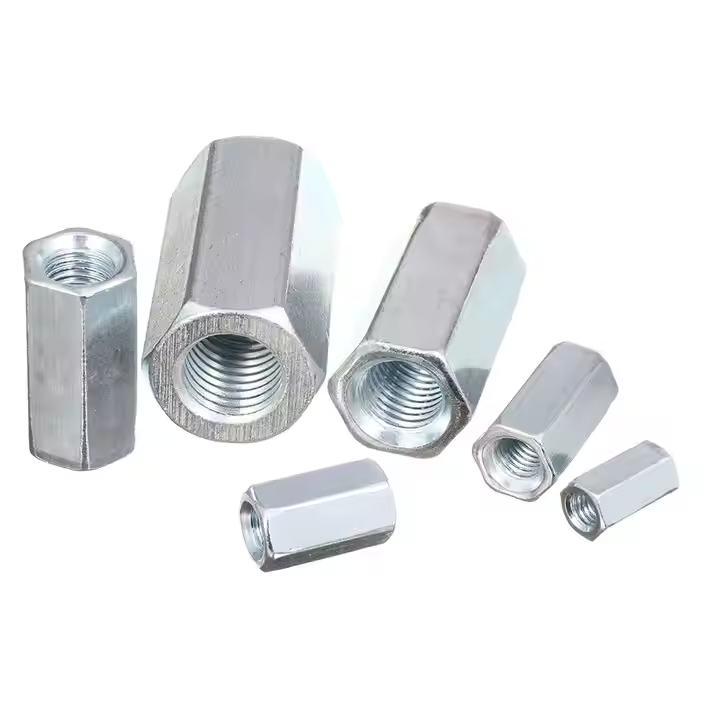
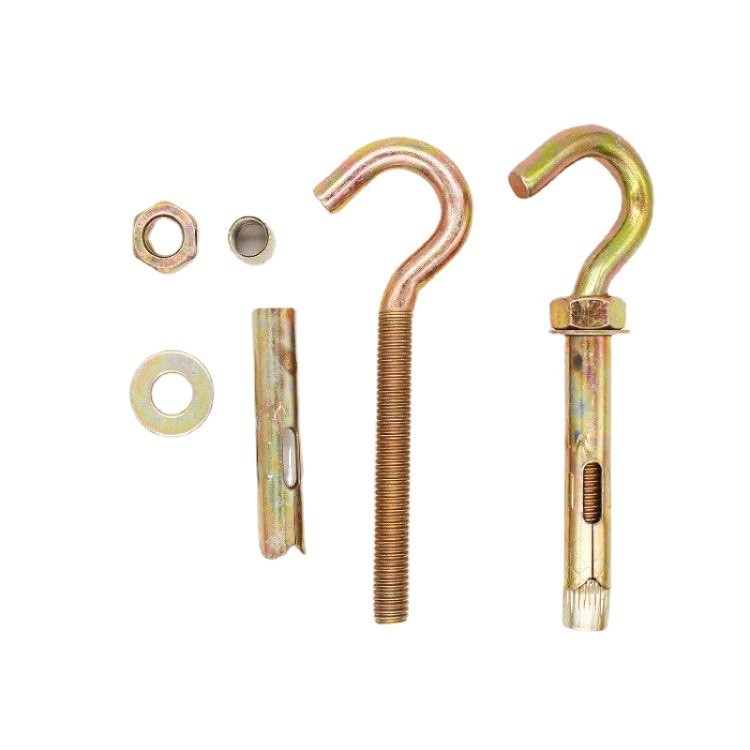
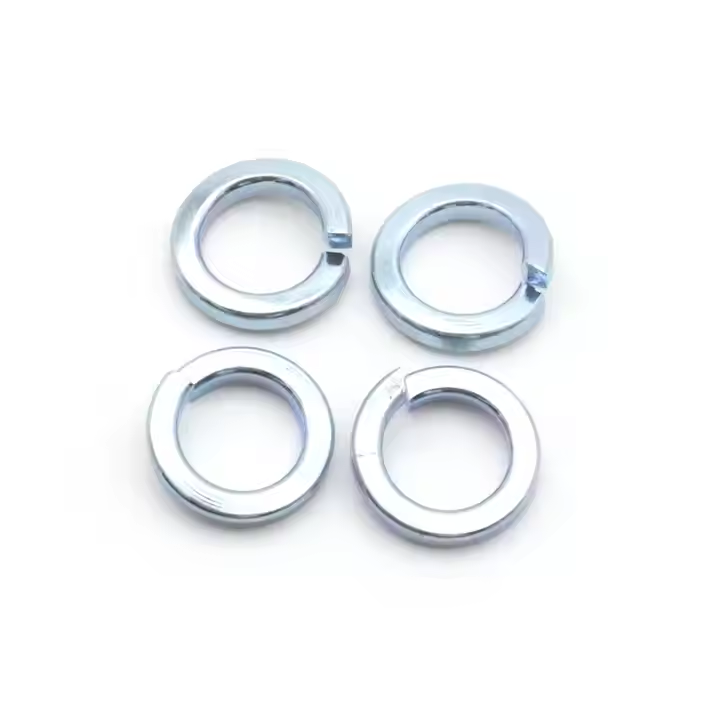
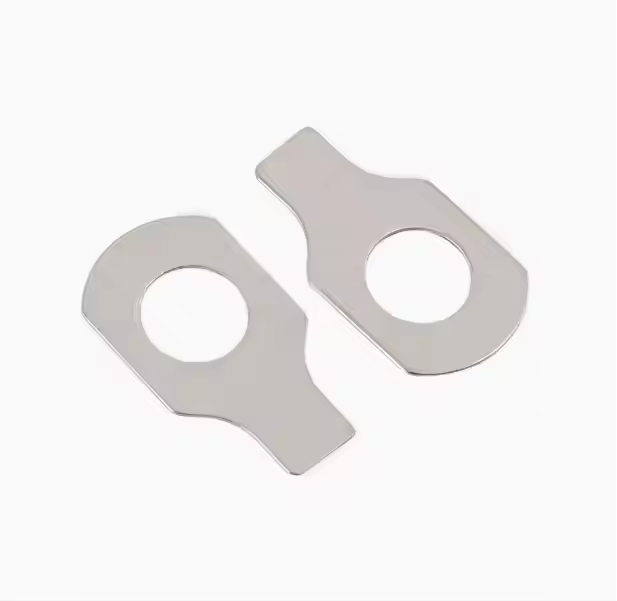
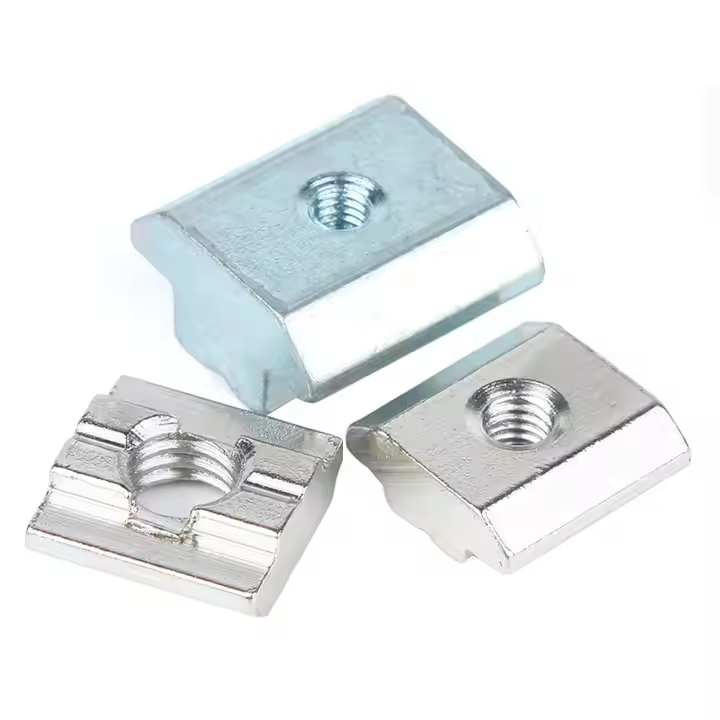
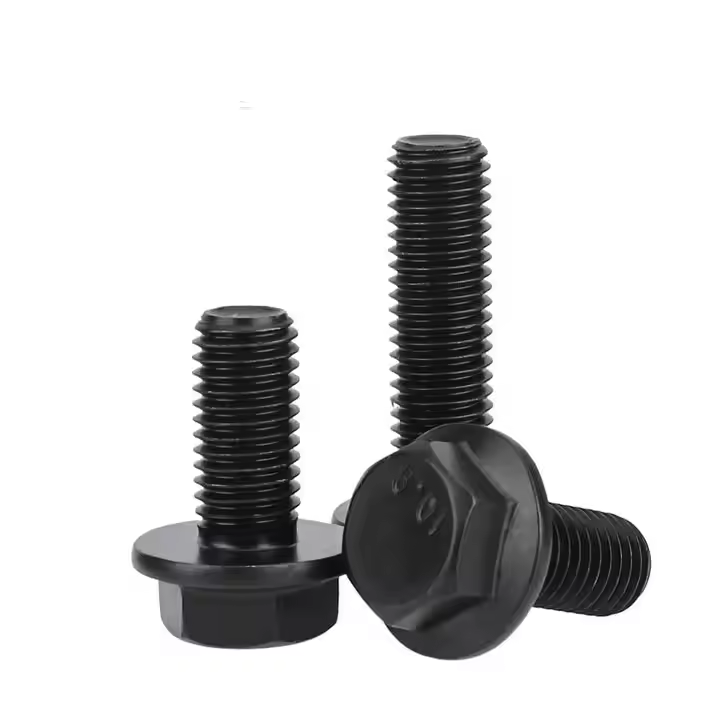
Please enter your email address and we will reply to your email.